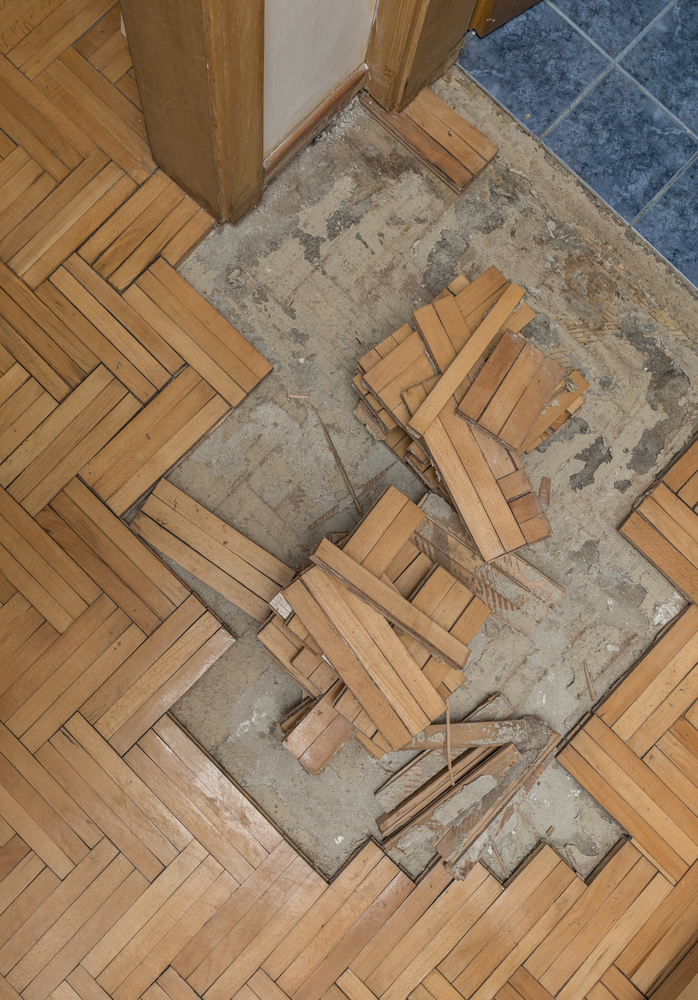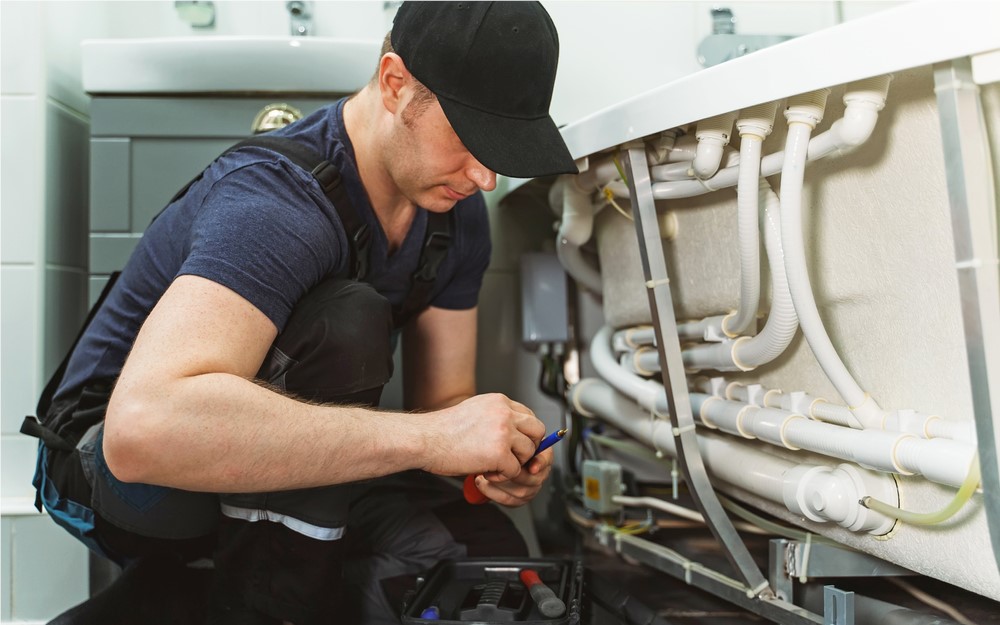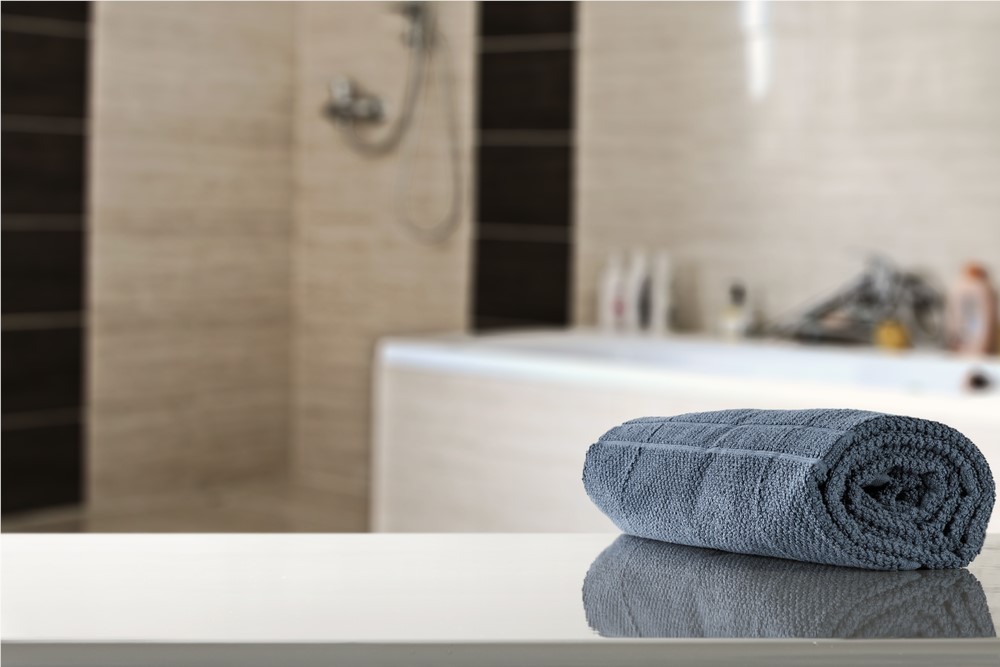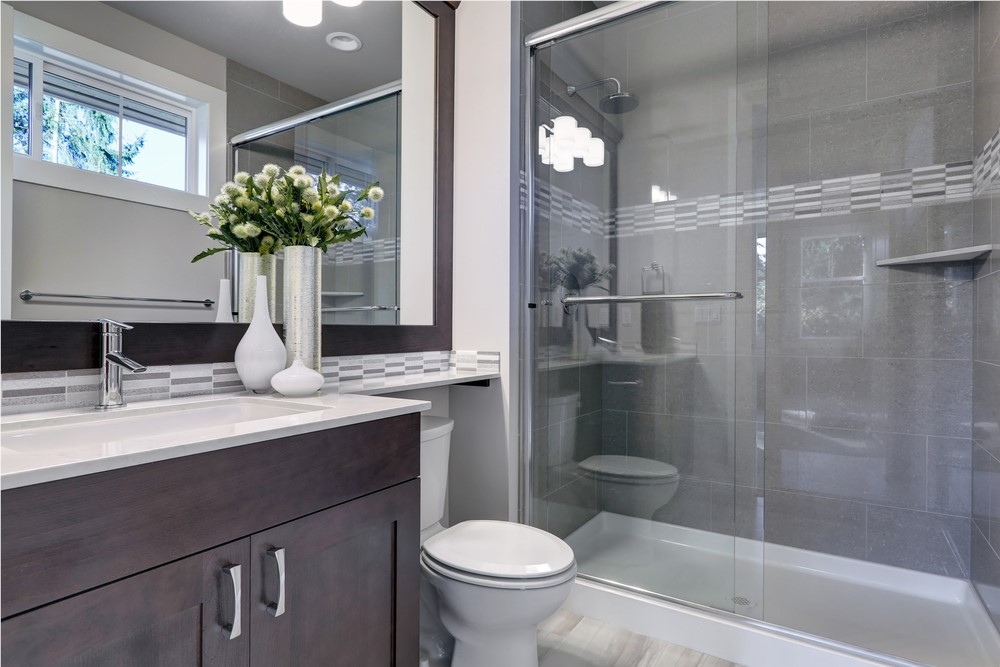
“Flood” is a dreaded word that no homeowner wants to hear. Whenever there has been flood damage to a home, the expectation is that the damage will take a long time to repair and will be rather costly. Understanding water damage and its effects on your tile and grout can make the difference between replacing your entire floor or being able to fix the damage. Here are a few tips on how to repair water-damaged tile so that you can salvage your flooring.
- Address the flooding issue.
If the flood was a result of a weather-related incident, do what you can to protect your home from damage if this was to happen again. If the water damage was the result of a leak, address the leak before attempting any repair measures to the tile. If the root cause of the flooding is not addressed, you can guarantee that you will be in this exact situation again and the work restoring the floor will be wasted.
- Understand the nature of water damage
When your floor has water damage, things may be looking okay in the beginning, but will go south the longer that the damage goes unaddressed. You will start to see signs of the water damage in different ways, dependent on the material of the tile. Research the type of tile that you have so you know how to recognize the signs of the floor needing internal repair rather than just drying out.
- Remove one or two tiles
Remove one or two tiles from the area affected by the water damage. This will let you examine the subflooring and determine if it has been softened or severely saturated by the water. If you are having a hard time making this determination or if you’d rather make the determination without removing any of the flooring, you can contact a water restoration specialist who can do a scan of the floor and determine if the subflooring has been affected.
- Remediate the situation
If it has been determined that there was no effect to the subflooring, most water damage can be cleared up with a good cleaning of the tile and grout. If there is water damage to the subflooring, then the floor needs to come up. There is no way around this, as the tile has to be removed to effectively dry the subflooring below it and prevent the growth of harmful mold and mildew in the future. Please keep in mind that the material that the tile is made of can also show signs of water damage after the fact. Be aware of this and if you see that this is happening to areas of your floor, remediate the situation as it appears.
As you can see, there are many variables to fixing a water damaged tile floor.When your bathroom has been water damaged, immediate attention makes a whole lot of difference.
Subscribe to Genie Bath Systems's Blog
 “Flood” is a dreaded word that no homeowner wants to hear. Whenever there has been flood damage to a home, the expectation is that the damage will take a long time to repair and will be rather costly. Understanding water damage and its effects on your tile and grout can make the difference between replacing your entire floor or being able to fix the damage. Here are a few tips on how to repair water-damaged tile so that you can salvage your flooring.
“Flood” is a dreaded word that no homeowner wants to hear. Whenever there has been flood damage to a home, the expectation is that the damage will take a long time to repair and will be rather costly. Understanding water damage and its effects on your tile and grout can make the difference between replacing your entire floor or being able to fix the damage. Here are a few tips on how to repair water-damaged tile so that you can salvage your flooring. 






Comments